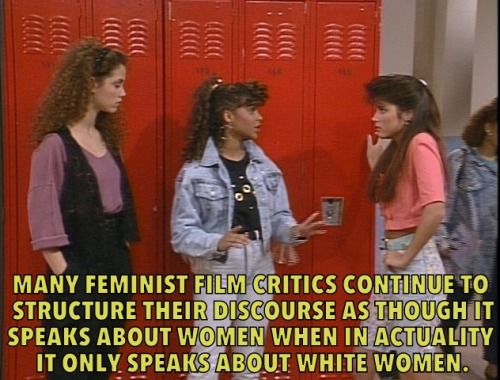#film criticism
Despite the Internet’s best efforts to argue otherwise, the Manic Pixie Dream Girl does and must always have chronological limits. She is not a timeless trope. In coining the term, film critic Nathan Rabin used a vacuous definition; the manic pixie dream girl is an affable woman who “exists solely in the fevered imaginations of sensitive writer-directors to teach broodingly soulful young men to embrace life and its infinite mysteries and adventures.” While this definition does not seem time-bound, it is helpful to remember that Rabin wrote in 2007—not even a decade ago—and that his two prime examples of MPDG are Elizabethtown (2005) and Garden State (2004). And that “broodingly soulful young men” aren’t what they used to be—in the last decade, young men striving through existential quandaries are as self-conscious of feminism as young women. Feminism has permeated society and certainly, part of the question young men struggle through is how to be masculine without being patriarchal. If it is true that no one wants to be a feminist, no one wants to be a misogynist, either.
The film critics at the AV Club (including Rabin) may argue that “the strangely resilient archetype has its roots in the nutty dames of screwball comedy,” but the Manic Pixie is not the same as her predecessors. Efforts to conflate the MPDG with earlier Hollywood women (Audrey Hepburn in the 1961 Breakfast at Tiffany’s, Diane Keaton in the 1977 Annie Hall, or even as recent as Meg Ryan in the 1990 Joe Versus the Volcano) is misguided at best and diminutively damaging at worst. Rabin adds that the MPDG emerges from a world in which “no existential quandary is so great that it can’t be solved by the perfect combination of pop song and dream girl, a world of giddy pop epiphanies and gentle humanism unencumbered by protective irony or sneering cynicism.” This world, which he cites as the talent director Cameron Crowe brings to film, is socially and temporally located. The allure of this world is its response to cynical postmodernism, mass-produced music production techniques, and a desperate need for Western society to rethink the dream girl which for so long, Disney held captive in princess narratives. The Manic Pixie Dream Girl exists because the dream girl no longer does.
However, there is a second reason to delineate temporal boundaries for the MPDG. Limiting the trope temporally prevents overuse and prevents “lazy cultural commentary.” As Clem Bastow (and many other female critics) argues, naming the MPDG as a trope led to an obsession with naming her as an individual. Bastow worries that the Manic Pixie “has become a handy way to dismiss female characters out-of-hand.” As a result, she warns, “we might be doing damage to the career trajectories of the very real women who are writing, directing and starring in these films.”
These concerns are legitimate; however, the (fictional) trope of the Manic Pixie Dream Girl remains valuable because it illustrates the challenges of a generation struggling to create new gender identities in the wake of feminist conscientization.
The role of film is cultural storyteller. The fictional world of Hollywood provides paradigms for us to live into, to frame our own lives, to embody or to reject. As young girls grow into women, embodying or rejecting the Manic Pixie, they do so in a complicated matrix of what it means to be female. We must be able to name the trope, but we must name it accurately, as the product of a culture that has tamed feminism, subdued radical female search for selfhood, and simultaneously undermined and appropriated the ideals of second-wave feminism (in the 1960s and 70s).
Scopophilia: [skoh-puh-fil-ee-uh] n. from the Greek, “love of looking,” especially sexual pleasure from looking at erotic material; see also, voyeurism.
Source:Black Looks: Race and Representation by bell hooks
Image description: A still image from the 90’s TV sitcom Saved By The Bell. Jessie, Lisa, and Kelly are standing in front of a row of lockers. Jessie and Kelly are listening to Lisa who is speaking emphatically, her hands raised slightly (interpretation of scene my own). The caption reads, “Many feminist film critics continue to structure their discourse as though it speaks about women when in actuality it only speaks about white women.”
Post link
One of the things I wish more critics would realise is that not every TV show has to be “the best thing on TV”. It doesn’t need to be flawless and intricate and *serious*. It doesn’t even have to make sense half the time. It just has to be enjoyable. Otherwise what are we even watching it for??

